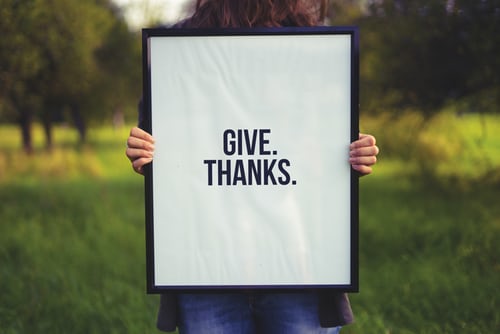
The Nine Best Ways To Build a Self Care Plan, Mental Health Matters
by Counseling and Wellness Center of PittsburghJanuary 2, 2020 best ways to build self care plan, mental health matters, self care, self care month, self care strategies for mental wellbeing0 comments
Best way to build a self care plan, mental health matters
We hear lots of people taking about self care these days but what actually is it? Is there a right way to do it? I hope to answer some of these questions for you today because mental health matters and you matter. Self care can be defined as any activity that we do deliberately in order to take care of our mental, emotional,...Learn More
The Real Gratitude Challenge
by Counseling and Wellness Center of PittsburghNovember 28, 2019 gratitude, gratitude challenge, reframing cognitive distortions, thanksgiving0 comments
The Real Gratitude Challenge
It’s Thanksgiving and everyone wants to talk about turkey and gratitude. Newsfeeds and flyers encourage us to take the ‘gratitude challenge’ by sharing how happy we are for our kids, our marriage, families, our job, our house. Nowonder, according to the National Institute of Health, gratitude can help us increase our life satisfaction and mental health! Oh, how...Learn More
Self-Care Strategies That Promote Positive Mental Well-Being
by Counseling and Wellness Center of PittsburghJuly 30, 2019 self care, self care strategies for mental wellbeing0 comments
Self-Care Strategies That Promote Positive Mental Well-Being
It’s safe to say most of us would rather be happy than unhappy. However, sometimes it’s easy to roll through life allowing your attitude to be shaped, rather than taking steps to increase your own happiness. With that in mind, read on for key self-care strategies you can add to...Learn More
Why its important to take care of your mental health
by Counseling and Wellness Center of PittsburghJuly 10, 2019 why its important to take care of your mental health0 comments
This Is Why its important to take care of your mental health
By: Melissa Howard
One in five American adults experiences some form of a mental disorder each year, yet only 25 percent feel that others show them any compassion due to the negative stereotypes often associated with mental health disorders. Sadly, this can prevent individuals from getting proper treatment, or disclosing their...Learn More
Rituals reduce stress, enhance performance, 5 rituals you should try for transformation
by Counseling and Wellness Center of PittsburghJuly 8, 2019 meaning of rituals, rituals for self care, rituals for tranformation, rituals to reduce stress0 comments
Rituals, reducing stress and adding joyful meaning to life
5 Rituals You Should Try For transformation and wellness
Ever wonder why Michael Jordan wore his North Carolina shorts under his Chicago Bulls shorts every game? Rituals have enormous power to sooth and inspire as well as bring back balance to mental health by reducing anxiety and increasing confidence. According to the National...Learn More
Lemon – Essential Oil of The Month
by Counseling and Wellness Center of PittsburghApril 20, 2019 essential oils for wellness, health benefits of essential oils, lemon essential oil uses0 comments
Each month in our quest for the best wellness tips that can be offered, we are sharing an oil and it’s health benefits as well as common uses. Lemon oil should not be rubbed in the eyes or delicate parts of the skin as it will burn and if placing it anywhere other than the soles of the feet or fingers/palms it should be diluted.
Essential oils contain active compounds which interact...Learn More
